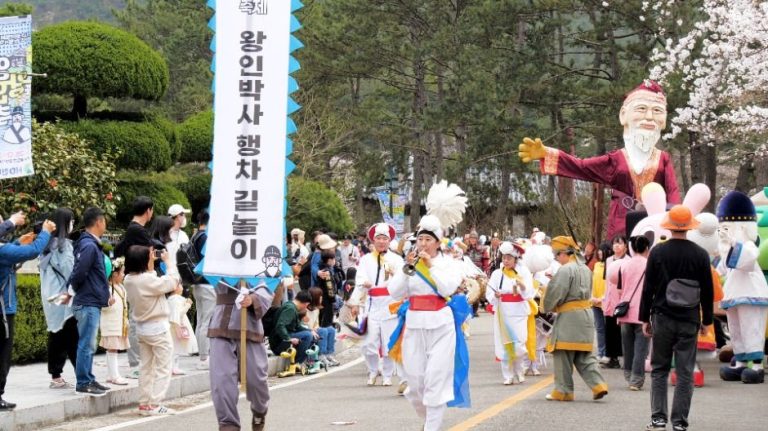Historical Site of Wangin (왕인박사 유적지)
Historical Site of Wangin (왕인박사 유적지)
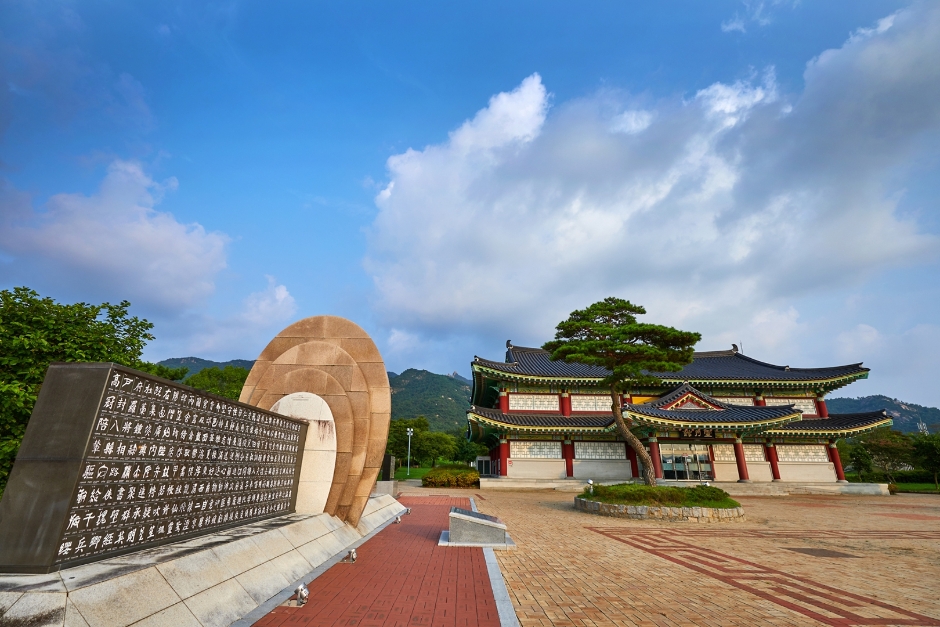 – Homepage
– Homepage
www.yeongam.go.kr
The hometown of Wangin Baksa (Wangin the Great Scholar) is located at the foot of Munpilbong Peak to the east of Gurim Village. Due to Wangin’s importance and contributions to Korean history, this historical attraction is preserved and maintained in honor of his memory and achievements.
Seonggidong is the official birthplace of Wangin (marked by the Yuheobi memorial monument) and is also home to Seongcheon, the well Wangin is believed to have drunk from. Halfway up Wolchulsan Mountain are Chaekgul, Munsanjae and Yangsajae where Wangin is said to have studied as well as nurtured local pupils. To commemorate the significance of these areas, a memorial is held every March at Munsanjae and Yansanjae.
In front of Chaekgul is a statue of Wangin which is said to symbolize his benevolent character. Just west of Seonggidong is Doljeonggogae, a hill from which it is believed Wangin made a sorrowful look back at his countrymen before leaving for Japan.
Wangin departed for Japan from Sangdaepo, which at the time was an international trading port. The renowned Baekje scholar was beginning his journey at the request of Japanese Emperor Eungshin. He took with him ten books on the Analects of Confucius and a book of Cheonjamun, a text of one thousand Chinese characters. Over time, he earned the trust of the emperor and became instructor to the crown prince. Wangin is well-known for his part in the development of Japanese culture and his name appears often in Japanese history. Wangin educated beyond textbooks and made great contributions to the development of arts, crafts and music and is revered as the originator of Japan’s Asuka culture.
This historic site was originally reconstructed from 1985 to 1987 and is continually receiving improvements to improve accessibility for visitors.
– Address : 440 Wangin-ro, Yeongam-gun, Jeollanam-do
※ Presentation Information
– Information and Guides
+82-61-470-6643
– Parking
Available (150 parking spaces)
– Operating Hours
Summer 09:00-18:00 / Winter 09:00-17:00
– Parking Fees
Large vehicles 2,500 won / Mid-sized vehicles (more than 9 passengers) 2,000 won / Small vehicles 1,500 won
– Admission Fees
Adults (ages 19-64) 1,000 won / Teenagers (ages 13-18) 800 won / Children (ages 7-12) 500 won
* Free admission: Preschoolers (ages 6 or younger) & Senior citizens (ages 65 & older)
– Available Facilities
* Yeongwolgwan – Information on Waningin’s achievements and contributions to the Baekje dynasty on display. Second floor houses video room and exhibition hall.
* Statue of Wangin
* Reliefs depicting life of Wangin – A total of six artworks chronicling the life of the great scholar.
* Bongseondae –A variety of events and festivals held at the historic site of Wangin.
* Sinseon Taegeuk Garden & the Tombstone of Wangin – Replica of Wangin’s burial site in Hirakata, Japan. (In celebration of the 10th anniversary of the Wangin Culture Festival, Sinseon Taegeuk Garden was decorated with blue and yellow dragons. The two dragons symbolize co-existence of Korea and Japan.)
* Wolak-ru Pavilion and Rampart
* Wangin Suiseki Exhibition Hall – More than 700 suiseki contributed by Park Chan-dae of Yeongam are on display.
* Mangujeong Pavilion – Rest area.
* Aehyang Suseok Hall – Visitors can relax and take a break here within the historic site.
* The Statue of Choe Ji-mong, a meritorious retainer of the Goryo Dynasty, Hongsalmun Gate, Jemyeongdang, Baekjemun Gate
* Other Facilities – Store, Viewing Deck, Wangin Park
– Restrooms
Available


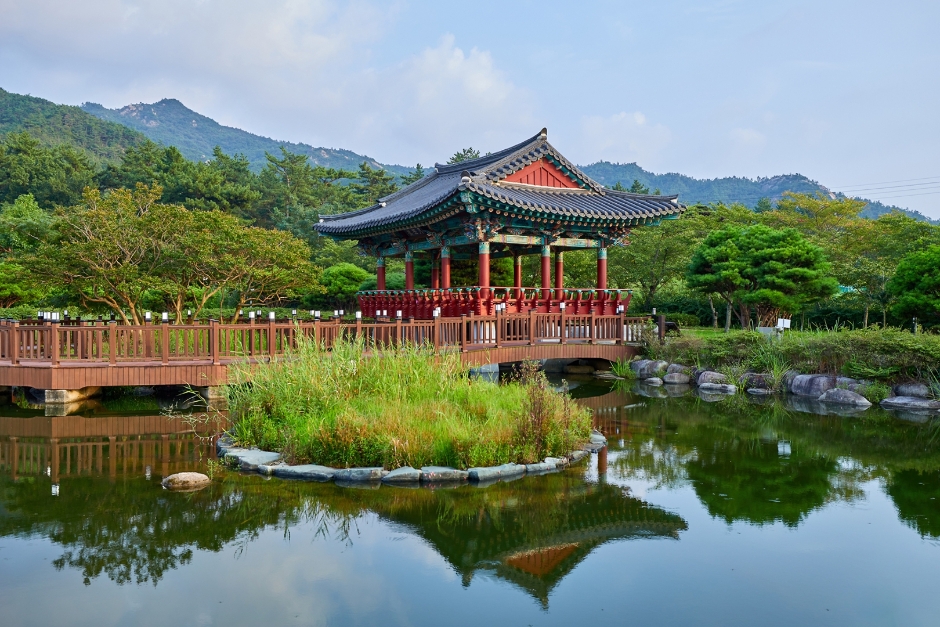

◎ Nearby Tourism Infobox
⊙ Yeongam Wangin Culture Festival (영암왕인문화축제)

– Homepage
영암왕인문화축제.kr
– Tel
+82-61-470-2347
The Yeongam Wangin Culture Festival is a local event held to honor the birth of the Baekje scholar Wangin and his achievements. The festival’s main event is the parade. With the dance troupe leading the procession, the Pungmul troupe and Yeongam-gun residents follow in the dance, playing musical instruments and waving flags. The parade takes visitors to historical sites where traces of the scholar remain. The festival reinterprets Wangin’s humanistic values through modern perspectives, featuring major content utilizing letters and typography. It also highlights the craftsmen (ceramics, tile, and Buddhist artisans) who, along with Wangin, influenced the Asuka culture in Japan. The festival is praised for showcasing the social, political, and economic changes in Japan initiated by Wangin’s visit to Japan, making it one of Korea’s prominent humanities festivals.
⊙ Yeongam Pottery Museum (영암도기박물관)
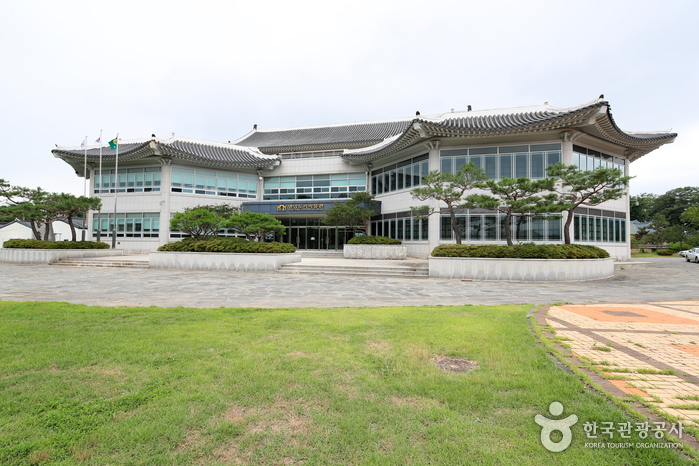
– Homepage
https://www.yeongam.go.kr/home/smartdogi
– Tel
+82-61-470-6851
Yeongam Pottery Museum is dedicated to promoting the history of pottery in Korea, starting from the oldest known pottery coming from Gurim Village. Visitors can learn about the history of this art form through exhibitions, educational programs, and hands-on experiences. Locally produced pottery is also available for sale. Nearby attractions include the Wangin Historic Site and Ha Jung-woong Museum of Art.

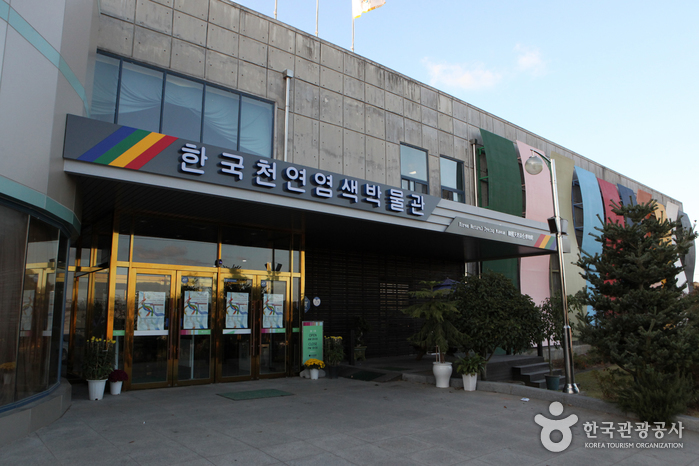
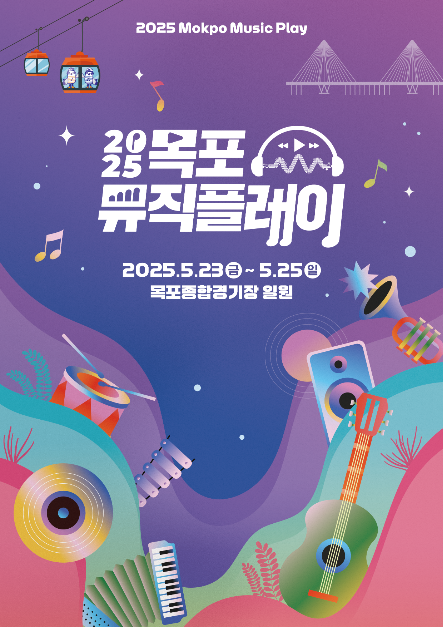
![E-Mart – Mokpo Branch [Tax Refund Shop] (이마트 목포)](https://ktrip.blogsailing.com/wp-content/uploads/2025/11/2886593_image2_1-768x576.jpg)

](https://ktrip.blogsailing.com/wp-content/uploads/2025/11/2592528_image2_1.jpg)
